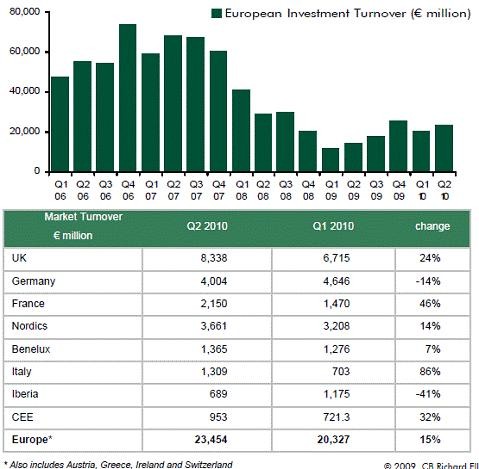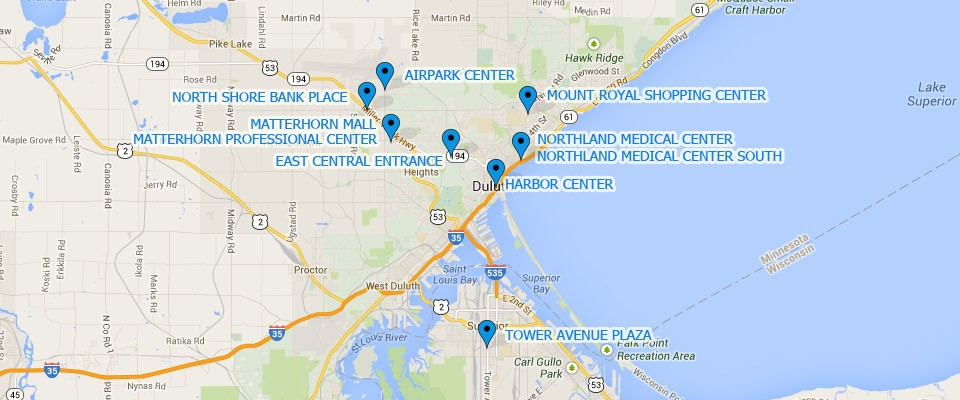Investment trust Wikipedia the free encyclopedia
Post on: 4 Июль, 2015 No Comment

For Unit investment trust, a type of US fund, see Unit investment trust .
An investment trust is a form of collective investment found mostly in the United Kingdom. [ 1 ] Investment trusts are closed-end funds and are constituted as public limited companies. [ 2 ] In many respects, the investment trust was the progenitor of the investment company in the U.S. [ 3 ]
Contents
Organization [ edit ]
Investors’ money is pooled together from the sale of a fixed number of shares which a trust issues when it launches. The board will typically delegate responsibility to a professional fund manager to invest in the stocks and shares of a wide range of companies (more than most people could practically invest in themselves). The investment trust often has no employees, only a board of directors comprising only non-executive directors. However in recent years this has started to change, especially with the emergence of both private equity groups and commercial property trusts both of which sometimes use investment trusts as a holding vehicle. [ 2 ]
Investment trust shares are traded on stock exchanges, like those of other public companies. The share price does not always reflect the underlying value of the share portfolio held by the investment trust. In such cases, the investment trust is referred to as trading at a discount (or premium) to NAV (net asset value ). [ 2 ]
The investment trust sector, in particular split capital investment trusts, suffered somewhat from around 2000 to 2003 after which creation of a compensation scheme resolved some problems. [ 4 ] [ 5 ] [ 6 ]
One of the common misconceptions of the key differences between an investment trust and a unit trust. is that an investment trust manager is legally allowed to borrow capital to purchase shares, whereas the manager of an open ended fund may not. This is factually incorrect, both UCITS and non UCITS open ended funds can legally use gearing in exactly the same way as an investment trust, albeit there must be a risk management process in place which sets out how the leverage is measured etc. This leverage may increase investment gains but also increases investor risk. [ 2 ]
History [ edit ]
The first investment trust was the Foreign & Colonial Investment Trust. started in 1868 to give the investor of moderate means the same advantages as the large capitalists in diminishing the risk of spreading the investment over a number of stocks. [ 7 ]
Classification of Investment Trusts [ edit ]
Investment trusts can hold a variety of assets (listed equities, government/corporate bonds, real estate, private companies. ) listed/incorporated/domiciled in any region. Moreover the investment objectives (growth, income, capital preservation. ), risk profile (level of gearing, level of diversification via assets and risk factors) varies. A trust domicile (UK, Channel Islands. ) and corporate structure (use of warrants, loan stock, split caps, REITs, VCTs. ) will vary. The grouping of trusts by above characteristics or alternative self-consistent criteria is known as a classification. By grouping trusts according to a given classification allows investors, marketers to compare similar trusts.
Split Capital Investment Trusts [ edit ]
Traditional investment trusts normally issue only one type of share (ordinary shares) and have a limited life. Split Capital Investment Trusts (Splits) have a more complicated structure. Splits issue different classes of share to give the investor a choice of shares to match their needs. Most Splits have a limited life determined at launch known as the wind-up date. Typically the life of a Split Capital Trust is five to ten years.
Every Split Capital Trust will have at least two classes of share:
In order of (typical) priority and increasing risk
- Zero Dividend Preference shares. no dividends, only capital growth at a pre-established redemption price (assuming sufficient assets)
- Income shares. entitled to most (or all) of the income generated from the assets of a trust until the wind-up date, with some capital protection
- Annuity Income shares. very high and rising yield, but virtually no capital protection
- Ordinary Income shares (AKA Income & Residual Capital shares): a high income and a share of the remaining assets of the trust after prior ranking shares
- Capital shares. entitled most (or all) of the remaining assets after prior ranking share classes have been paid; very high risk

The type of share invested in is ranked in a predetermined order of priority, which becomes important when the trust reaches its wind-up date. If the Split has acquired any debt, debentures or loan stock, then this is paid out first, before any shareholders. Next in line to be repaid are Zero Dividend Preference shares, followed by any Income shares and then Capital. Although this order of priority is the most common way shares are paid out at the wind-up date, it may alter slightly from trust to trust.
Splits may also issue Packaged Units combining certain classes of share, usually reflecting the share classes in the trust usually in the same ratio. This makes them essentially the same investment as an ordinary share in a conventional Investment Trust. [ 8 ] [ 9 ]
Real estate investment trusts [ edit ]
In the United Kingdom, REITs are constituted as investment trusts. They must be UK resident and publicly listed on a stock exchange recognised by the Financial Services Authority. They must distribute at least 90% of their income.
Taxation [ edit ]
Provided that it is approved by HM Revenue & Customs. [ 10 ] an investment trust is taxed in the normal way on its investment income, but its capital gains are not taxed. This avoids the double taxation which would otherwise arise when shareholders sell their shares in the investment trust and are taxed on their gains.
An approved investment trust must
- be resident in the United Kingdom
- derive most of its income from investments
- distribute at least 85% of its investment income as dividends (unless prohibited by company law)
The company must not hold more than 15% of its investments in any single company (except another investment trust); must not be empowered to distribute capital gains as dividends to shareholders, and must not be a closed company. [ 11 ]














